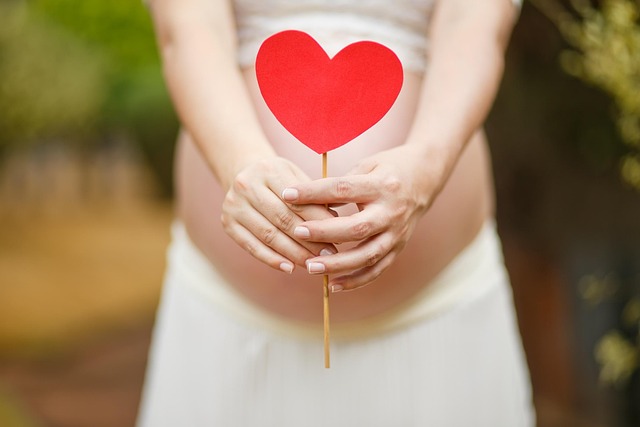Eleven months ago, we welcomed our daughter into our home through direct adoption from the foster care system when she was nine years old. Our first meeting took place in the administrative office of the group home where she had stayed for six months prior to coming to us. Strangely enough, I felt an immense love for her long before we ever met face-to-face. For six months, I was consumed with the process of bringing her home—navigating a mountain of paperwork, updates to our home study, background checks, and a complex web of regulations across two states and multiple agencies. We were officially chosen to be her parents in November, but we didn’t meet until May. My anxiety during this waiting period was so intense that I literally damaged two of my teeth while sleeping. To me, she was already my daughter, my baby, even before she was aware of our existence.
Her early years were marred by abuse, neglect, and abandonment, followed by five years of instability in foster care. At the time we were chosen to adopt her, she was in a psychiatric hospital, having celebrated her ninth birthday and Thanksgiving there. She arrived with diagnoses of ADHD, Oppositional Defiant Disorder (ODD), anxiety, and depression. We recognized that parenting her would be a challenge, but we believed in her potential for healing.
She has made remarkable progress since then. Initially, even a simple question about her sandwich preference could overwhelm her. Delving into her thoughts and feelings was something she resisted fiercely. Topics of her past were completely off-limits; she could only express two emotions—happy or mad. When she was mad, it was intense—she could spend an hour in her closet, screaming as if she were in a horror film. We tried therapy with two different agencies, but neither seemed to grasp the complexities of trauma and attachment. One therapist even exacerbated her issues, while the other suggested we stop visits after five months of silence.
Determined to help her, I delved into therapeutic parenting and attachment disorders, connecting with a network of mothers facing similar challenges. I began to give her the language to express her feelings, teaching her that other kids had “hurt parts” just like her. Phrases like, “Stop, take a deep breath, and relax,” and “You’re safe, you’re loved, you can handle this,” became part of our daily routine. My husband and I assured her that we were always available to listen, but we couldn’t force her to share her memories or emotions. Gradually, she began to open up, sharing her fears about being a bad mom and losing her future children because of her past.
As she started to process her history, her behavior challenges intensified. She was confronting emotions she’d kept buried, leading to meltdowns filled with screaming and flailing. However, she became more capable of articulating the underlying reasons for her outbursts, moving beyond simplistic blame.
This past Easter marked our first holiday together as a family, aside from Mother’s Day. It was a rollercoaster of epic meltdowns, disrespect, and defiance. Some memorable moments included her stabbing herself with a pencil, kicking me, and wandering barefoot around the neighborhood after I told her to stay close. She revealed that she had a history of being moved just before holidays and believed we would “get rid” of her like everyone else had. Since we had not abandoned her during other holidays, she braced for the worst this Easter, attempting to preemptively sabotage her own happiness.
Ultimately, Easter morning arrived, and she woke up still in our home. It dawned on her that we loved her unconditionally, despite her behavior. There were still hugs, breakfast, and even gifts from the Easter Bunny. For the rest of the day, she showered us with affection, love notes, and proudly noted that she had managed to avoid any tantrums.
Over the past year, I’ve learned how swiftly children grow and how precious time is. It is both an honor and a privilege to be her mom, and I cherish her willingness to trust and love me. I’m grateful that my husband and I can provide her with the safety she needs to begin processing her past and the overwhelming feelings that accompany it. This journey of healing is challenging, exhausting, and sometimes overwhelming, yet it is also incredibly rewarding. I have faith that she will emerge healthy, happy, strong, and healed. And so will I.
For additional insights on family planning and home insemination, you may find it helpful to check out this informative resource. If you’re interested in exploring at-home insemination options, visit here for more information, and for fertility-boosting products, check this link.
Summary:
Adopting an older child can be a complex and challenging process, especially when the child has experienced trauma. This article shares the heartfelt journey of a mom who adopted a nine-year-old girl from the foster care system. It highlights the struggles of attachment, emotional expression, and the healing process. Despite intense behavioral challenges, the family’s love and commitment create a safe space for the child to begin processing her past. The mom reflects on the quick growth of children and the joy of being able to nurture her daughter towards a healthier, happier future.
Keyphrase: adopting an older child
Tags: [“home insemination kit” “home insemination syringe” “self insemination”]
